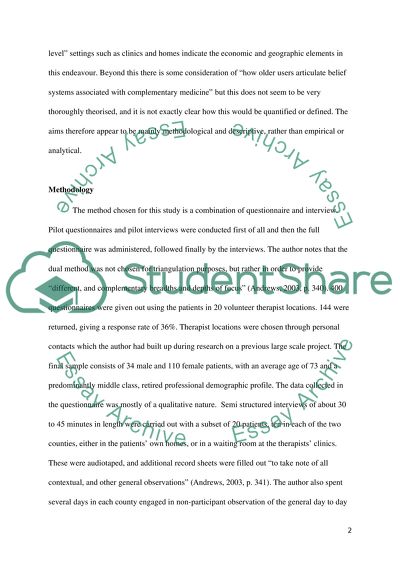Cite this document
(“Critical Evaluation of Research Papers Essay Example | Topics and Well Written Essays - 1750 words”, n.d.)
Retrieved from https://studentshare.org/health-sciences-medicine/1451977-critical-evaluation-of-research-papers
Retrieved from https://studentshare.org/health-sciences-medicine/1451977-critical-evaluation-of-research-papers
(Critical Evaluation of Research Papers Essay Example | Topics and Well Written Essays - 1750 Words)
https://studentshare.org/health-sciences-medicine/1451977-critical-evaluation-of-research-papers.
https://studentshare.org/health-sciences-medicine/1451977-critical-evaluation-of-research-papers.
“Critical Evaluation of Research Papers Essay Example | Topics and Well Written Essays - 1750 Words”, n.d. https://studentshare.org/health-sciences-medicine/1451977-critical-evaluation-of-research-papers.


